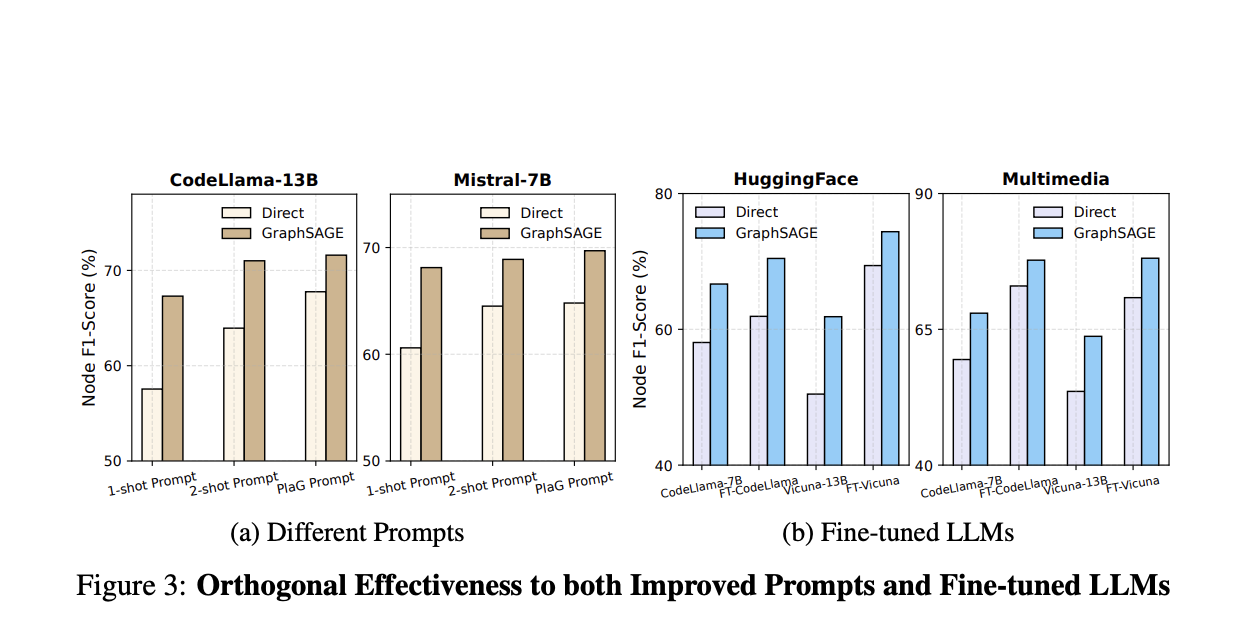
Understanding Task Planning in Language Agents
Task planning in language agents is becoming more important in large language model (LLM) research. It focuses on dividing complex tasks into smaller, manageable parts represented in a graph format, where tasks are nodes and their relationships are edges.
Key Challenges and Solutions
Research highlights challenges in task planning for LLMs, such as HuggingGPT. These agents face difficulties in interpreting task graphs, which raises questions about their capabilities. Issues like sparse attention and limitations in graph representation hinder their effectiveness in decision-making.
Research Strategies
Researchers are exploring various strategies for effective task planning:
- Task Decomposition: Breaking tasks into smaller sub-tasks.
- Multi-Plan Selection: Evaluating different plans to find the best option.
- Memory-Aided Planning: Using memory to enhance planning processes.
While traditional AI techniques like reinforcement learning offer structured models, translating user goals into formal plans remains a challenge. Recent innovations combine LLMs with graph neural networks (GNNs) to tackle graph-related issues, though accuracy challenges still exist.
Innovative Research Insights
Teams from institutions like Fudan University and Microsoft Research are focused on improving task planning through graph-based methods. They recognize that LLMs often struggle with decision-making due to biases in their design and are integrating GNNs to enhance their performance.
Key Contributions
- Formulating task planning as a graph problem.
- Developing algorithms for GNNs that require minimal training.
Improving Task Accuracy
This research addresses the limitations of LLMs by matching ambiguous user requests to predefined tasks. For example, HuggingGPT processes user input to perform functions like pose detection, which can lead to misinterpretation of task dependencies and high error rates. Integrating GNNs aims to enhance accuracy in these scenarios.
Benchmark Results
The research involved testing four different datasets, covering various types of tasks. Results showed that GNN-enhanced methods achieved higher efficiency without needing extra training. This indicates a significant advancement in the effectiveness of task planning across diverse tasks.
Future Directions
Integrating GNNs with LLMs marks a promising step in task planning, as it improves both accuracy and task decomposition. Unlike traditional LLMs, GNNs handle decision-making in task graphs more effectively, leading to better performance as the complexity of tasks increases.
Get Involved
Check out the full paper for more details. Acknowledgments go to the researchers involved in this project. Follow us on Twitter, join our Telegram Channel, and be part of our LinkedIn Group. Stay updated with our newsletter and connect with the 55k+ members of our ML SubReddit.
Why Choose AI?
AI can transform your business. Here are some practical steps:
- Identify Automation Opportunities: Find areas for AI implementation to improve customer interactions.
- Define KPIs: Establish measurable goals for your AI initiatives.
- Select the Right AI Solutions: Choose AI tools that meet your specific needs.
- Implement Gradually: Start small, gather insights, and expand your AI usage wisely.
For more AI KPI management advice, contact us at hello@itinai.com. Follow our updates on Telegram or Twitter for ongoing insights into harnessing AI.
Explore AI Solutions
Discover how AI can enhance your sales processes and customer engagement by visiting itinai.com.



























